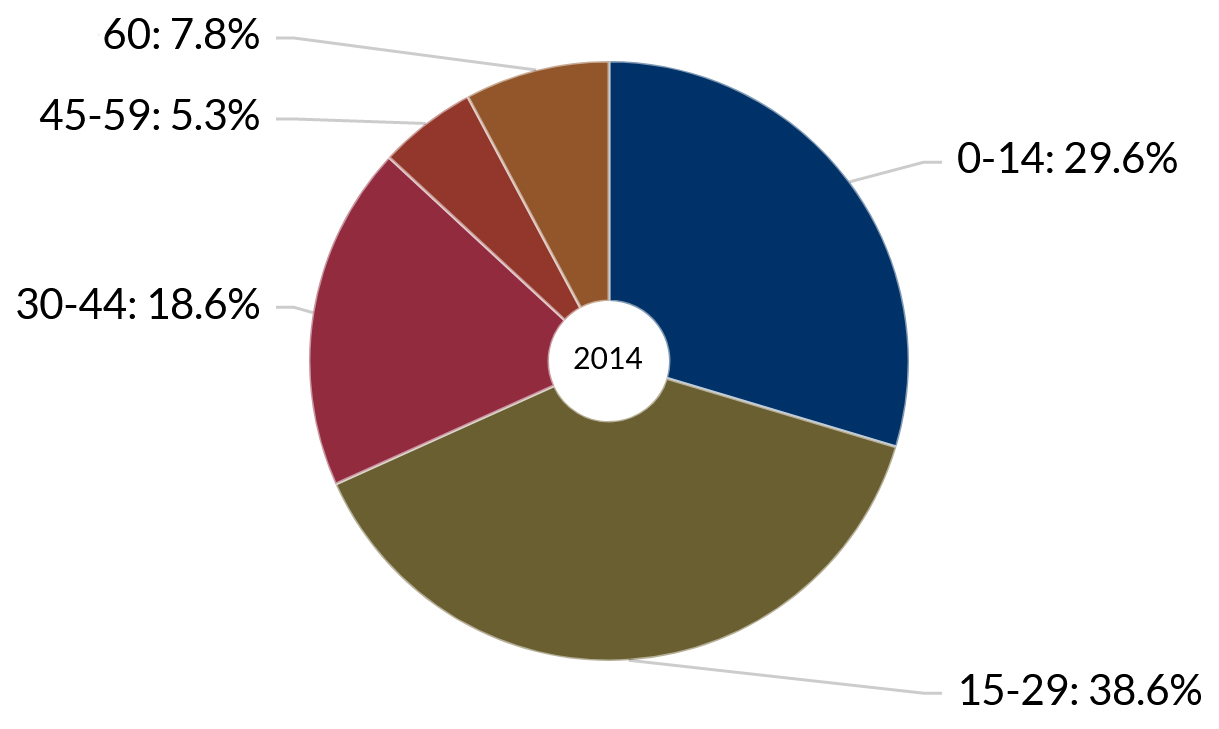School Age and Out of School Children Regionwise(millions) 2018
 2018.jpg)
School Age Children per Age Group(millions) 2018
 2018.jpg)
Out of School Children per Age Group(millions) 2018
 2018.jpg)
Number of School Aged Children (5-16 Years)
A district-wise breakdown of School Aged children between 5-16 years across four provinces of Pakistan, classified according to gender and urban-rural populations.
.jpg)
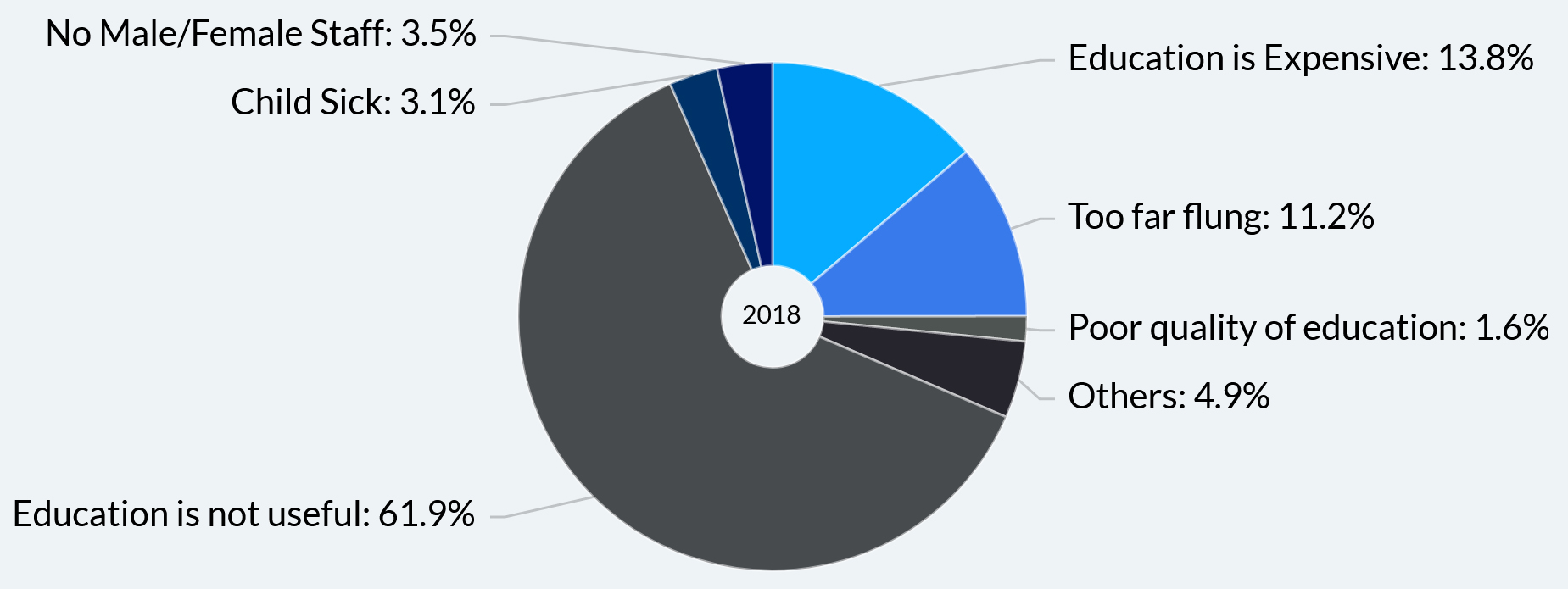
Reasons For Not Attending School
An overview of the reported reasons for children between 5-16 years of age not attending school. More than half the population of the country believes the education currently being provided is of no use and almost a quarter of the population do not have access to education owing to a disability.
Out of School Children 5-16 Years Of Age And Socio-Economic Status
A district wise breakdown of socio-economic status of out of school children between the age of 5 to 16 years across four provinces. .
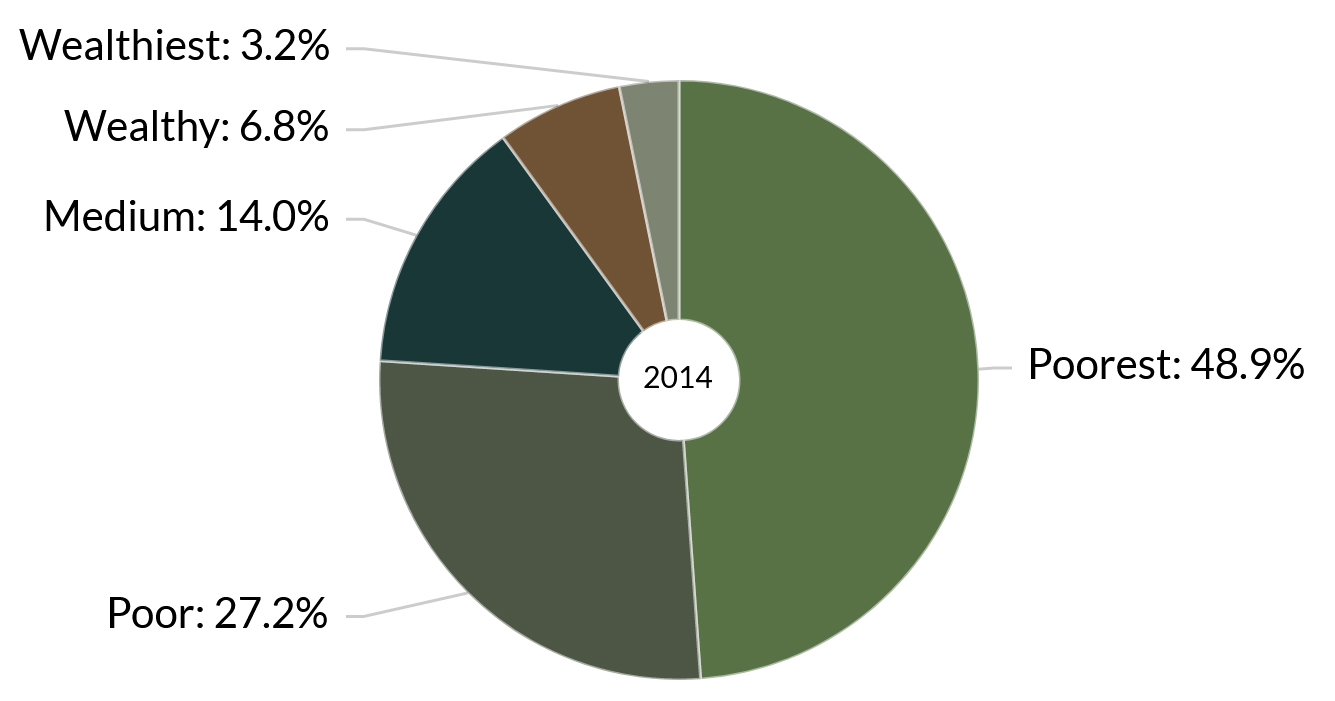
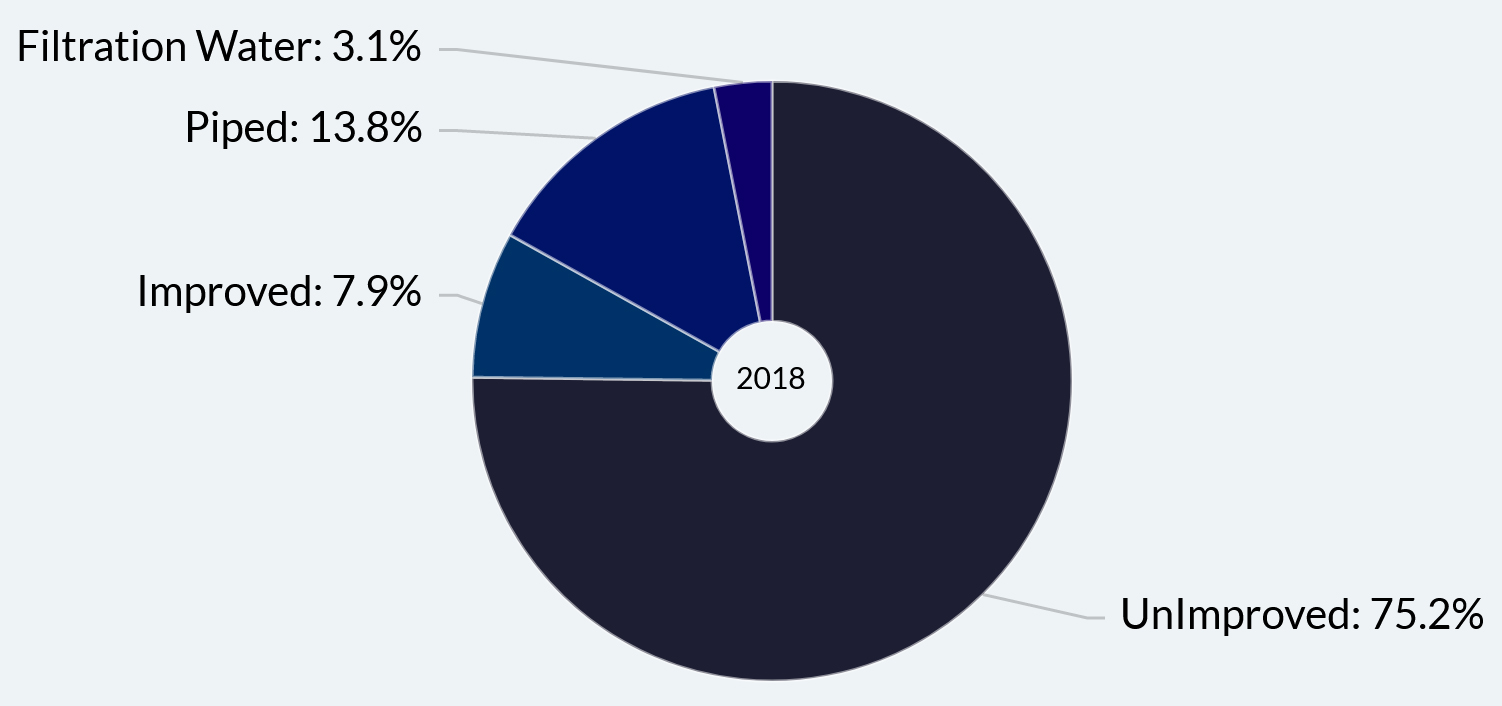
Out Of School Children 5-16 Years Of Age And Source of Drinking Water
An overview of the state of drinking water in the rural and urban districts across Punjab, Sindh, KP and Balochistan. The data shows Punjab to be leading in the supply of improved drinking water and a majority of the overall population of Pakistan having access to improved drinking water sources..
Out Of School Children 5-16 Years Of Age And Household Toilet Facilities
A district wise overview of the accessibility of toilet facilities across Punjab, Sindh, KP & Balochistan. The highest majority of population without access to toilets are based in Punjab of which more than 50% are based in rural areas. .
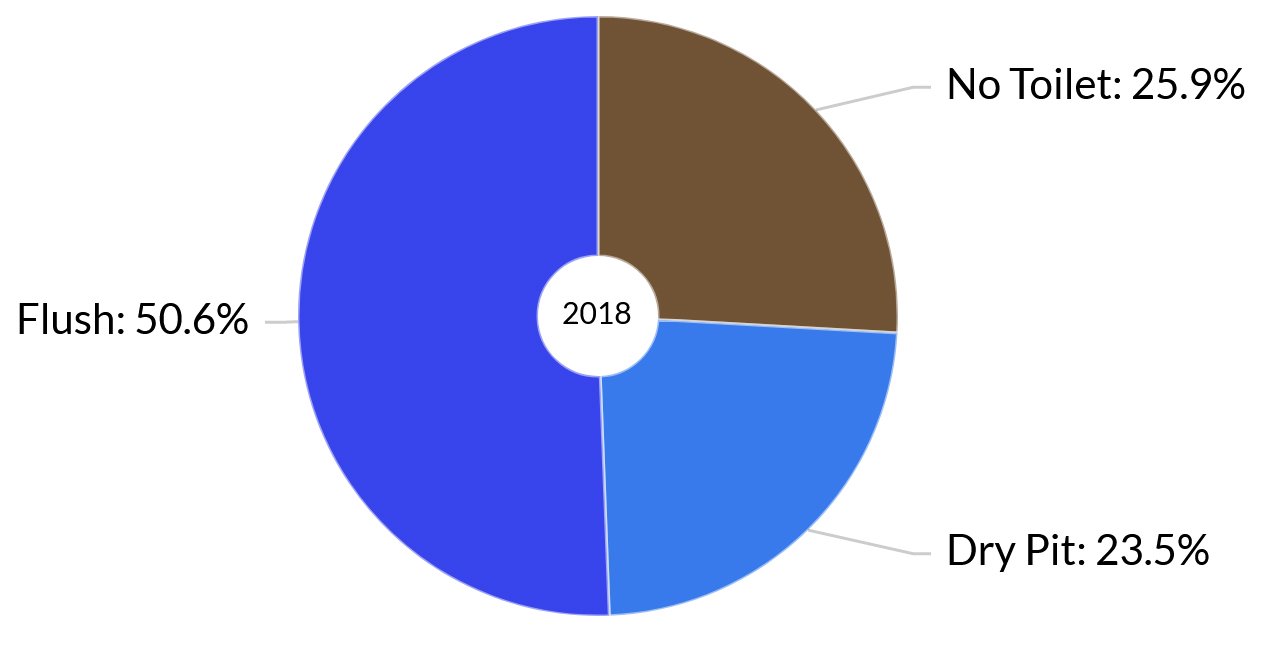
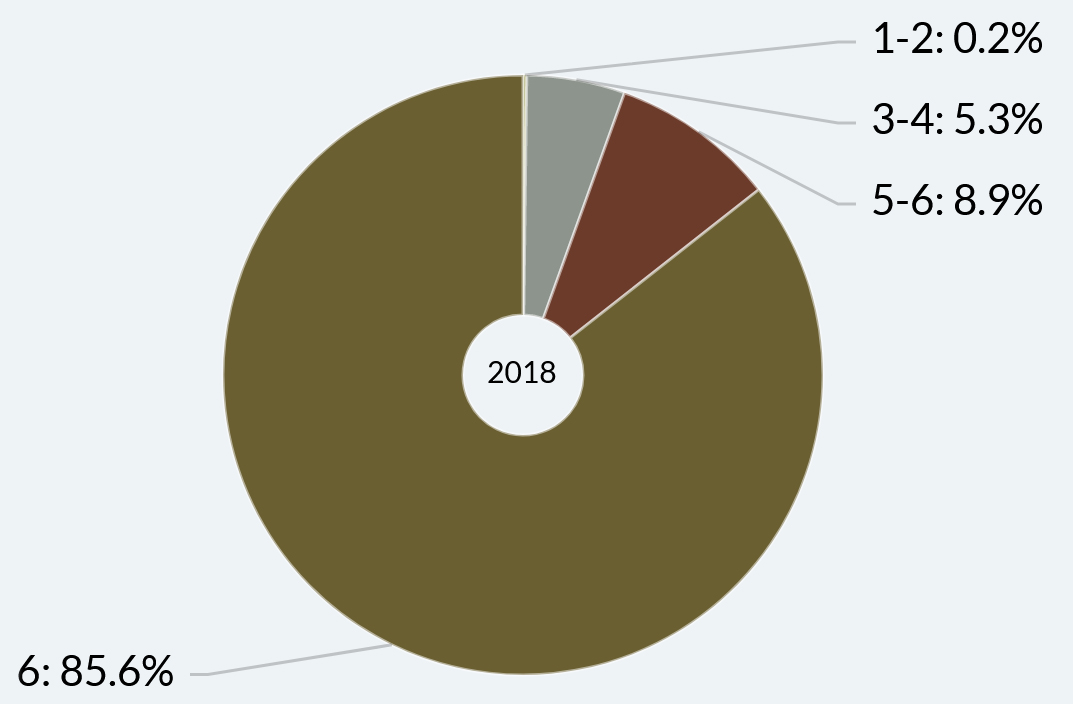
Out Of School Children 5-16 Years Of Age And their Household Size
An overview of the household sizes that out of school children in the province of Sindh, Punjab, KP & Balochistan belong to. The data shows a significant majority of children across all provinces belong to households with more than 6 family members, regardless of the urban-rural distinction..
School proximity and access to Primary Schools
A district wise overview of the proximity between primary schools and the out of school childrens’ places of residence. The data shows the majority of urban population across Punjab, Sindh, Balochistan and KP would have to travel 14 kms to get to school, however, there is a significant portion of the rural population that lives 15-29 kms away from the nearest primary school.
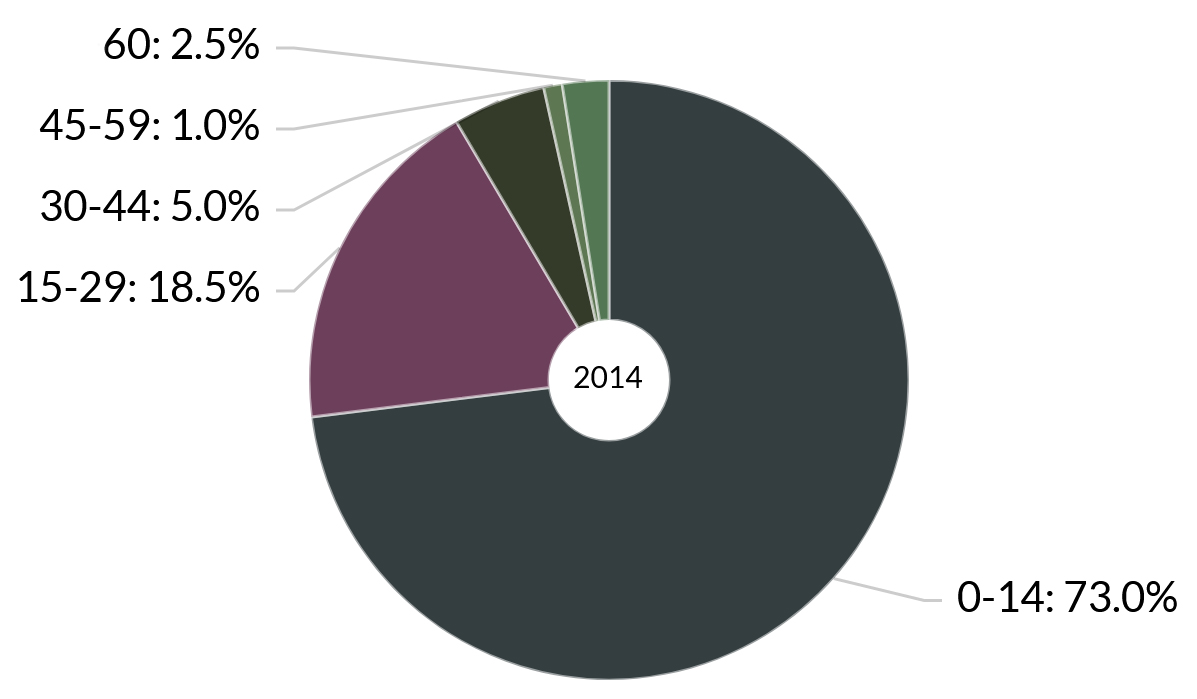
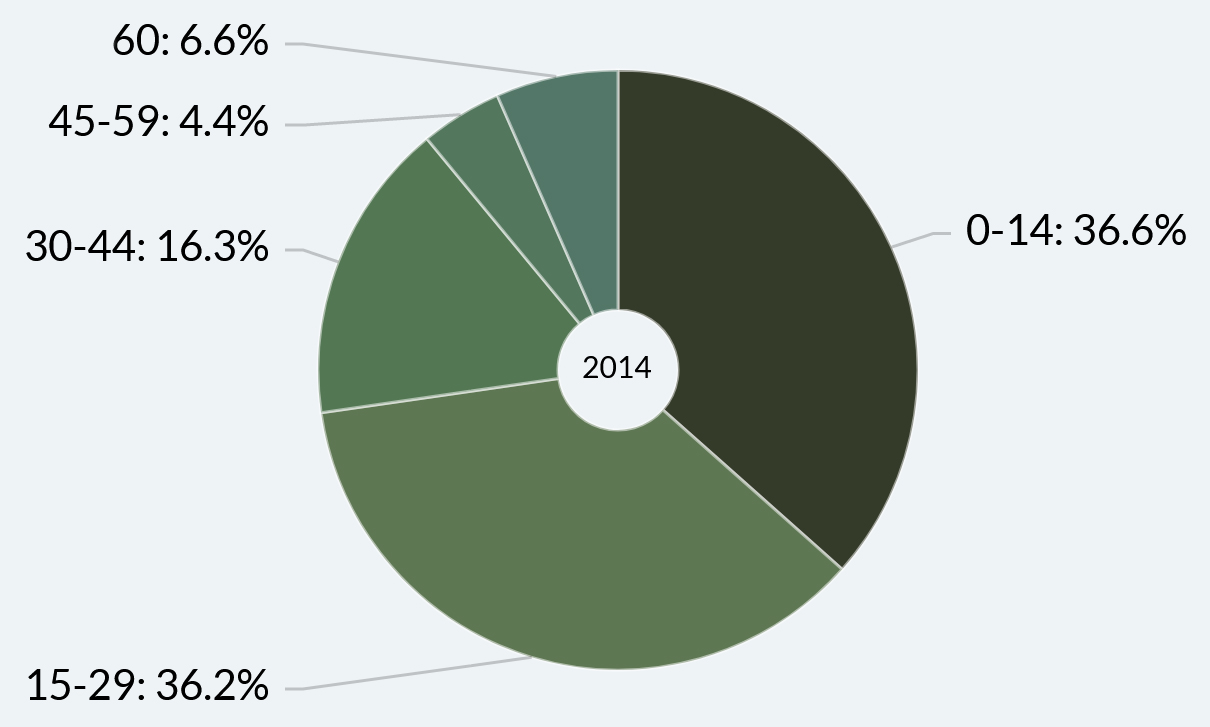
School proximity and access to Secondary Schools
A district wise overview of the proximity between middle schools and the out of school childrens’ places of residence. The data shows while the majority populations in Punjab and KP would have to travel up to 14 kms to get to a middle school, in the case of Sindh and Balochistan the majority has to travel over 15-29 kms.
School proximity and access to High Schools
A district wise overview of the proximity between high schools and the out of school childrens’ places of residence. The data shows a significant majority of the population, mostly rural, with the exception of KP have the nearest high school located over 15-29 kms from their places of residence..
